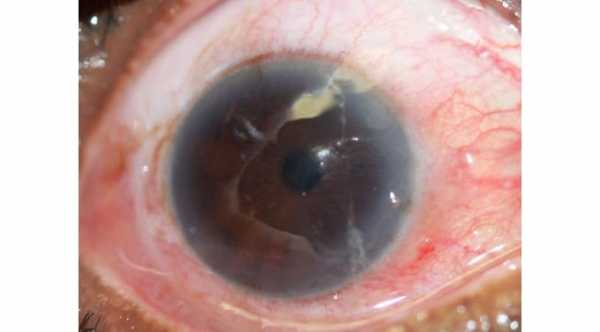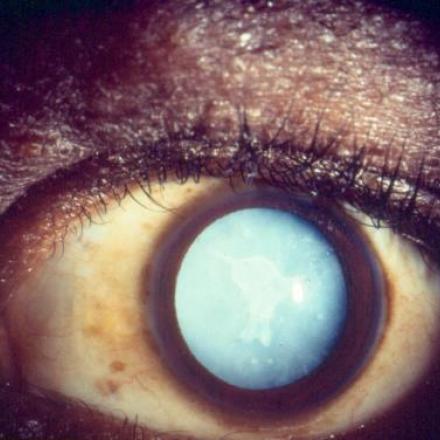
Corneal Abrasion
Corneal Abrasion is a defect in the outer layer of the cornea which is called the epithelial layer. This defect is either a full thickness which involves all the thickness of epithelial layer or just partial thickness. It can be also small or large defects.
There is a difference of corneal ulcer and abrasions. Corneal ulcer will involve the basement membrane and the underneath layer which is corneal stroma while the abrasion won’t involve the basement membrane.
Causes of Corneal Abrasion
1- Dry eye syndrome.
2- Contact lenses. Overuse, tight contact lens or infection which usually starts as abrasions with epithelial defects.
3- Trauma.
4- Blepharitis.
5- Corneal and eyelid infection.
6- Trauma by foreign body.
Signs and symptoms of Corneal Abrasion
1- Ocular Pain.
2- Blepharospasm or contraction of the eyelids
3- Photophobia or light sensitivity.
4- Excessive tearing.
5- Blurred vision.
Treatments of Corneal Abrasion
1- Removal or treatment of the causative factor.
If the cause is contact lens, remove it and use artificial tears with antibiotics ointments. Don’t wear your contact lens more than 8 hours during the day and don’t wear them overnight or during sleep.
Tight Contact lenses. Change the type or the size of your contact lens.
Foreign Body. Should be removed and treated with antibiotics.
2- Artifical tears or lubricant eye drops especially preservative free lubricant eye drops. Preservatives can delay healing of corneal epithelial layer.
3- Antibiotic Ointments. Antibiotics will protect against infection while ointment will help to make the blink smoother on the defects





